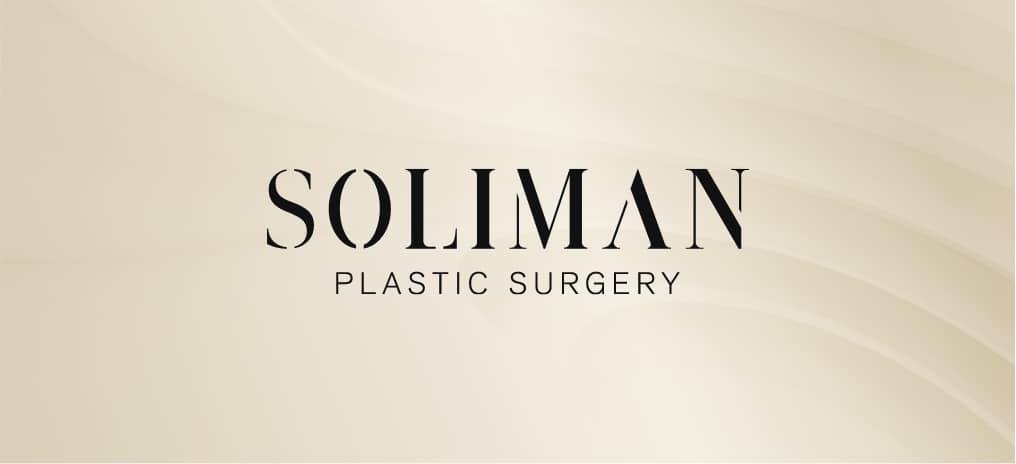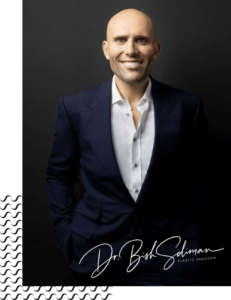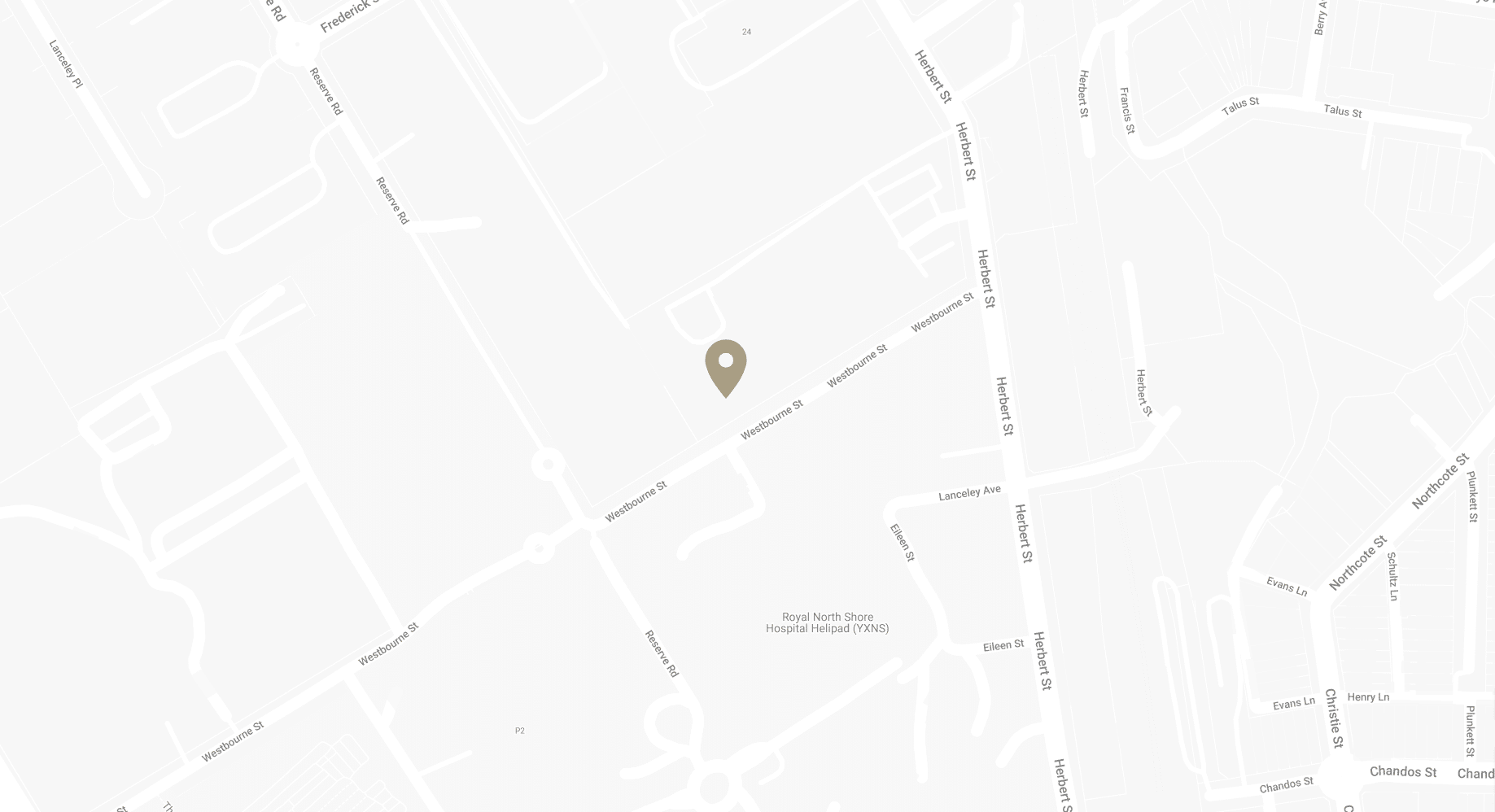Breast Implant Removal Recovery Dos and Don’ts
Breast implant removal is also known as explant surgery. It is a procedure that some individuals choose to undergo for a variety of reasons. This process involves the removal of previously inserted breast implants and can be accompanied by a range of emotions. This blog aims to guide you through the process of recovery after breast implant removal surgery.
Dr Bish Soliman is an internationally trained Specialist Plastic Surgeon based in Sydney, Australia. With a wealth of experience in plastic, reconstructive, and cosmetic procedures, Dr Soliman is renowned for his patient-centric approach, prioritising patient safety and satisfaction above all else.
Download Dr Bish Soliman Cosmetic Breast Surgery Guide

Why Do People Choose to Have Breast Implants Removed?
Here are some of the most common reasons why patients choose to have their breast implants removed:
- Health Concerns: Some women may experience health issues related to their breast implants, such as Breast Implant Illness (BII). BII is a term used to describe a variety of symptoms including fatigue, chest pain, hair loss, headaches, chills, photosensitivity, chronic pain, rash, body odour, anxiety, brain fog, sleep disturbance, depression, neurologic issues and hormonal issues that occur after breast implantation. Although BII is not officially recognised in the medical community, many women claim to have experienced these symptoms and have reported significant improvement after implant removal
- Capsular Contracture: This is a condition where the scar tissue that naturally forms around the implant tightens and squeezes the implant, causing it to become hard and misshapen. This can result in discomfort and an unnatural appearance, leading some individuals to opt for implant removal
- Implant Rupture or Leakage: Over time, breast implants can rupture or leak. When this happens, the saline or silicone filling can leak into the body. This can cause changes in the shape and size of the breast, and in some cases, it can lead to health problems.
- Aesthetic Reasons: Some individuals may be unhappy with the look or feel of their breast implants. This could be due to changes in personal aesthetic preferences over time, dissatisfaction with the initial implant surgery, or natural changes to the body that can occur with age, weight fluctuations, or pregnancy
- Lifestyle Changes: Changes in lifestyle or personal circumstances can also lead to the decision to have implants removed. For instance, some people may find that their implants no longer suit their lifestyle, perhaps due to physical discomfort during exercise
- Ageing and Gravity: Over time, the effects of gravity, combined with the ageing process, can cause the breasts to sag. This can lead to dissatisfaction with the appearance of the breasts, prompting some individuals to choose implant removal
It’s important to remember that the decision to have breast implants removed is a deeply personal one, and what matters most is that the individual feels comfortable with their decision. If you’re considering this procedure, it’s important to have a thorough discussion with a qualified and experienced specialist plastic surgeon, like Dr Bish Soliman, who can guide you through the process and help you make the best decision for your individual needs and circumstances.
How Is the Breast Implant Removal Surgery Performed?
Breast implant removal surgery is a procedure that requires a high level of surgical expertise. The exact method used can vary depending on the individual’s circumstances, the type of implants, and the presence of any complications such as capsular contracture or implant rupture. Here’s a general overview of how the procedure is performed:
- Anaesthesia: The surgery is usually performed under general anaesthesia, meaning you’ll be asleep and won’t feel any pain during the procedure
- Incision: Dr Soliman will make an incision, often following the same lines as the incisions used for your initial breast augmentation to minimise additional scarring. The location of the incision can vary depending on your specific situation and the surgeon’s preferred technique
- Implant Removal: The plastic surgeon will carefully remove the breast implant. If you have saline implants, the plastic surgeon may deflate them before removal
- Capsulectomy: In some cases, Dr Soliman may also remove the capsule, which is the scar tissue that forms around the implant. This procedure, known as a capsulectomy, can be performed if the capsule has hardened (capsular contracture), if there’s an infection or if the implant has ruptured and leaked silicone into the capsule. In some circumstances, the implant and capsule may be removed en bloc
- Additional Procedures: Depending on your desired outcome and the condition of your natural breast tissue, additional procedures may be performed at the same time as implant removal. This could include a breast lift to address sagging or drooping, fat grafting to improve the shape and volume of the breasts
- Closure: Once the implants (and possibly the capsules) have been removed and any additional procedures have been completed, Dr Soliman will close the incisions with sutures. A drain may be placed for a few days to drain any excess fluid
- Recovery: After the surgery, you’ll be taken to a recovery room where you’ll be closely monitored as you wake up from the anaesthesia
It’s important to note that every individual’s situation is unique, and your plastic surgeon will develop a surgical plan that’s tailored to your specific needs and goals.
What to Expect after the Breast Implant Removal Surgery
The recovery process after breast implant removal surgery can vary greatly from person to person, depending on the individual’s overall health, the complexity of the surgery, and whether additional procedures were performed. Here’s a general idea of what you can expect:
- Immediate Post-Operative Period: After the surgery, you’ll wake up in a recovery room where medical staff will monitor your vital signs. You may feel groggy from the anaesthesia, and it’s normal to experience some discomfort, swelling, and bruising in the chest area
- Pain Management: Dr Soliman will provide you with a plan for pain management. This usually includes prescription pain medication for the first few days, transitioning to over-the-counter pain relievers as the discomfort subsides
- Home Care: All patients go home on antibiotics after the procedure. You’ll need someone to drive you home after the surgery and ideally stay with you for at least the first night. You’ll be given specific instructions on how to care for your incisions, signs of complications to watch for, and when to follow up with your plastic surgeon
- Activity Restrictions: You’ll be advised to take it easy for the first few days after surgery. Most people can return to work and light activities within a week or two, but intense physical activities and heavy lifting will be off-limits for four to six weeks
- Compression Garment: You may be required to wear a special surgical bra or compression garment to support your breasts and minimise swelling
- Long-Term Results: The final results of your breast implant removal will become apparent over the weeks and months as your body heals and the swelling subsides. It’s important to have realistic expectations and understand that your breasts may not look the same as they did before your initial breast augmentation
Remember, everyone’s recovery timeline is unique, and it’s crucial to follow your plastic surgeon’s specific post-operative instructions to ensure a safe recovery.
Do’s and Don’ts after Breast Explant Surgery
Recovering from breast explant surgery requires patience and careful attention to your body. Here are some do’s and don’ts to help guide you through this important healing process:
Do’s:
- Follow Dr Soliman’s Instructions: This is perhaps the most crucial point. Your plastic surgeon will provide you with detailed post-operative care instructions. These will cover everything from wound care to activity levels, and it’s essential to follow them closely
- Rest and Recuperate: Your body needs time to heal. Ensure you get plenty of rest, especially in the first few days following surgery
- Stay Hydrated and Eat Nutritious Food: Proper nutrition and hydration are key to a smooth recovery. They help your body heal and can also help manage post-operative constipation, a common side effect of some pain medications
- Wear Your Compression Garment: Your plastic surgeon may provide you with a special bra or compression garment to wear after surgery. This helps to reduce swelling and supports your breasts as they heal
- Attend All Follow-Up Appointments: These appointments allow Dr Soliman to monitor your healing process, address any concerns you may have, and advise when you can return to your normal activities
Don’ts:
- Don’t Rush Your Recovery: Everyone heals at their own pace. Don’t push yourself to return to your normal activities until your surgeon gives you the all-clear
- Don’t Ignore Signs of Complications: If you notice any signs of infection, such as increased pain, redness, swelling, or a fever, contact your medical team immediately
- Don’t Smoke: Smoking can significantly slow down the healing process and increase the risk of complications. You need to stop smoking for the best results
- Don’t Soak in a Bathtub or Go Swimming: Until your incisions are fully healed, you should avoid submerging them in water, as this can increase the risk of infection
- Don’t Wear Underwire Bras: Until your plastic surgeon advises otherwise, stick to soft, supportive bras without underwire
If you have any concerns during your recovery, remember to reach out to your medical team.
FAQs about Recovery after Breast Implant Removal
Is it painful to have breast implants removed?
- Any surgical procedure can involve some level of discomfort, and breast implant removal is no exception. However, the pain experienced during recovery is usually manageable with prescribed pain medications. It’s common to feel soreness, swelling, and discomfort in the days following the surgery, but these symptoms should gradually improve. If you experience severe or worsening pain, it’s important to contact your plastic surgeon immediately.
Will I feel better after removing breast implants?
- Many women report feeling better after having their breast implants removed, particularly if they were experiencing symptoms associated with Breast Implant Illness (BII). But it’s important to note that everyone’s experience is unique. Some women may notice an immediate improvement in their symptoms, while others may find that it takes weeks or even months to feel a difference, and for some their symptoms remain the same. Additionally, some women may experience emotional distress related to changes in their body image after implant removal. It’s important to discuss these concerns with your plastic surgeon or a mental health professional.
How long do I have to wear a compression bra after explant?
- The length of time you’ll need to wear a compression bra or garment after breast implant removal can vary based on your individual circumstances and your surgeon’s recommendations. However, it’s common for surgeons to recommend wearing these garments 24/7 for the first few weeks after surgery, except when bathing. These garments help to reduce swelling and provide support to the healing tissues.
Do you need muscle repair after breast explant?
- Whether muscle repair is necessary after breast implant removal depends on the individual’s specific circumstances. If the implants were placed under the muscle and the muscle was cut or displaced during the initial augmentation surgery, some repair may be needed. In many cases, the muscle tissue will naturally heal and reattach itself over time. Your plastic surgeon will assess your needs during the procedure and will discuss this with you beforehand.
Do breasts fluff up after explant?
- The term “fluffing” is often used in the breast augmentation community to describe the process of the breasts settling into their new shape after surgery. After breast implant removal, the breasts will go through a similar process. Once the implants are removed, it may take some time for the natural breast tissue to redistribute and settle into its new shape. This process can take several weeks to months. It’s important to have realistic expectations and to understand that your breasts may not return to their pre-augmentation size or shape, particularly if you had your implants for many years.
Further Reading about Breast Surgery with Dr Bish Soliman
- Read Dr Soliman’s Breast Augmentation Surgery Page
- Read Dr Soliman’s Breast Implant Removal Surgery Page
- Read Dr Soliman’s Breast Reduction Surgery Page
- Read Dr Soliman’s Breast Lift Surgery Page
- Read Dr Soliman’s Breast Reconstruction Surgery Page
- Read Dr Bish Soliman’s Blog about Preparing for Breast Implant Removal Surgery



